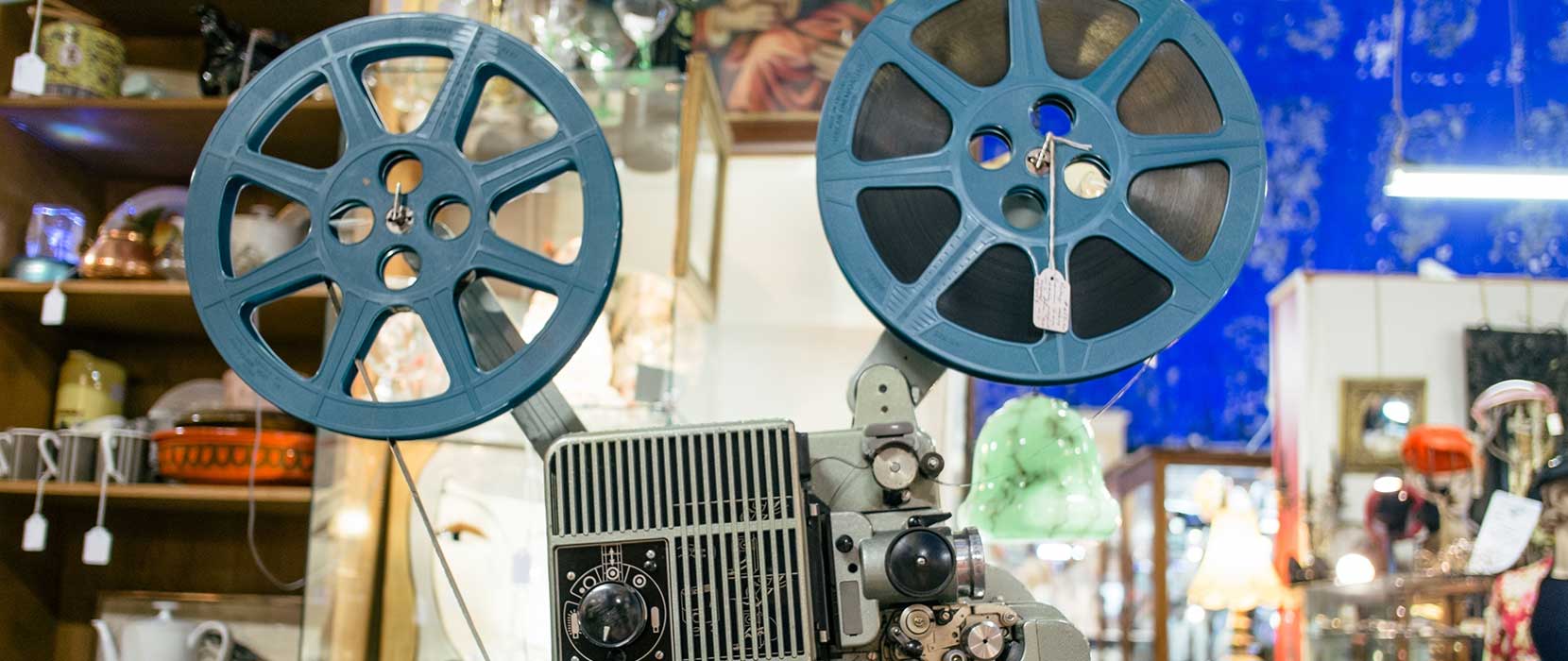For Aboriginal peoples now, however, the films made by anthropologic and ethnographic film-makers have a problematic value.
Issues now arise about how to manage this material, who owns it and can give permission for it to be used, or stop it from being used, and to whom the material can be made available.
Michael Brogan
Documentary filmmaking in Australia is as old as our national history, and Aboriginal and Torres Strait Islander peoples have been the subject of the filmic white colonial gaze for nearly as long. Michael Brogan, an Indigenous Early Career Fellow undertaking his PhD in the School of Humanities, Arts and Social Sciences at UNE, is researching the role of ethnographic film-making in the relationship between anthropology, government policy and the assimilation of Aboriginal people through education.
Documentary film-making has shaped the way that Aboriginal and Torres Strait Islander Peoples have been perceived, both in Australia and overseas, and the films of Anglo-European anthropologists such as Ian Dunlop’s Desert People (1965) continue to shape the view the wider world has of Australia’s first peoples. Over time, anthropological and ethnographic film-making contributed to Australia’s grand colonial narrative portraying Aboriginal culture as being timeless, unbroken and untouched by external, alien forces. Australian governments have actively supported this narrative by generating an institutional corpus of anthropological and ethnographic films portraying Aboriginal and Torres Strait culture as having remained stone age, savage and primitive; living evidence of a universal human past. This narrative helped to structure and define Government policy and welfare programs during the 1950s and 1960s in health, education and employment as the necessary preparation of Aboriginal peoples for life in a modern Australian community. To promote the virtuosity of that task, state and territory governments deployed anthropological and ethnographic materials to authenticate their policy of assimilation, creating the myth of a ‘doomed race’, whose loss was inevitable and could only be managed, not prevented.
For Aboriginal peoples now, however, the films made by anthropologic and ethnographic film-makers have a problematic value. Michael Brogan is part of a group of Aboriginal academics who are grappling with the fact that anthropological and ethnographic films have captured a significant amount of Aboriginal social and cultural content dating back to 1898. This film archive, alongside other ethnographic accounts, have captured sacred ceremonial practices, personal histories, and Aboriginal Peoples’ knowledge of their land, animals, plants and events that have occurred from ancient times to the present.
The corpus of films produced and financed by Australian governments is of considerable cultural importance to Aboriginal peoples, their families and communities. Issues now arise about how to manage this material, who owns it and can give permission for it to be used, or stop it from being used, and to whom the material can be made available. A significant portion of the images captured in these films occurred at that time in our history when Aboriginal peoples were not allowed to exercise prior and informed consent for themselves. This is deeply troubling for communities whose cultural heritage has been captured in films which are widely available in any number of national and international repositories, and have been used without any regard for Indigenous protocols, or even context. These films are a Janus-faced gift: on one hand they record significant cultural, material and intellectual artefacts; on the other, these artefacts are not in the control of the people to whom they belong.


